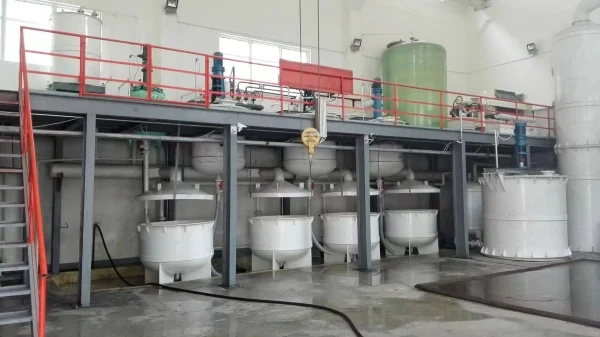
he cyanidation process is a cornerstone in the extraction of gold from its ores. Understanding the consumption of sodium cyanide during this process is crucial for optimizing operational efficiency and minimizing environmental impact. This article delves into the various mechanisms contributing to the consumption of Sodium Cyanide in the gold cyanidation process.
1. Autodecomposition
Sodium cyanide undergoes autodecomposition during the cyanidation process. This results in the formation of carbonic acid, formic acid, and ammonia. The autodecomposition reactions can be complex and are influenced by factors such as temperature, concentration, and the presence of certain catalysts.
2. Hydrolysis
Hydrolysis of Sodium cyanide is another significant pathway of consumption. The reaction between water and sodium cyanide is as follows:
(H2O + NaCN HCN + NaOH)
Hydrogen cyanide (HCN), a highly volatile and toxic compound, is produced during this hydrolysis. The amount of HCN generated is closely related to the alkalinity of the solution. When the pH value is maintained at 12 or higher, the cyanide solution remains relatively stable. However, substances that can lower the pH value, such as carbon dioxide from the air, acids in the makeup water, divalent magnesium ions (Mg2+) and trivalent aluminum ions (A13+), and various minerals in the ore or oxidation products of sulfide minerals, can accelerate the hydrolysis reaction.
3. Formation of Thiocyanate
Sodium cyanide reacts with sulfide minerals such as iron, copper, and arsenic to form thiocyanate complexes. These reactions convert cyanide ions into less reactive species, effectively reducing the amount of free cyanide available for gold extraction. The formation of these thiocyanate complexes not only increases cyanide consumption but also affects the overall efficiency of the gold cyanidation process.
Understanding these consumption mechanisms provides valuable insights for operators in the gold mining industry. By carefully monitoring and controlling the conditions of the cyanidation process, it is possible to minimize cyanide consumption, improve gold recovery rates, and reduce the environmental footprint of gold mining operations.
- Random Content
- Hot content
- Hot review content
- Expanded AN explosive
- Digital Electronic Detonator(Delay time 0~ 16000ms)
- Ammonium Persulfate Industrial Grade 98.5%
- Lithium chloride, 99.0%,99.5%
- Adipic acid 99% used as the material of nylon 66
- Are there specific regulations for the use of mining chemicals?
- TuxingSun United Mining Mineral Research and Testing Center - Ore Element Testing Laboratory
- 1Discounted Sodium Cyanide (CAS: 143-33-9) for Mining - High Quality & Competitive Pricing
- 2China's New Regulations on Sodium Cyanide Exports and Guidance for International Buyers
- 3Sodium Cyanide 98% CAS 143-33-9 gold dressing agent Essential for Mining and Chemical Industries
- 4International Cyanide(Sodium cyanide) Management Code - Gold Mine Acceptance Standards
- 5China factory Sulfuric Acid 98%
- 6Anhydrous Oxalic acid 99.6% Industrial Grade
- 7Oxalic acid for mining 99.6%
- 1Sodium Cyanide 98% CAS 143-33-9 gold dressing agent Essential for Mining and Chemical Industries
- 2High Quality 99% Purity of Cyanuric chloride ISO 9001:2005 REACH Verified Producer
- 3Zinc chloride ZnCl2 for High Molecular Weight Polymers Initiator
- 4High Purity · Stable Performance · Higher Recovery — sodium cyanide for modern gold leaching
- 5High Quality Sodium Ferrocyanide / Sodium Hexacyanoferr
- 6Gold Ore Dressing Agent Safe Gold Extracting Agent Replace Sodium Cyanide
- 7Sodium Cyanide 98%+ CAS 143-33-9

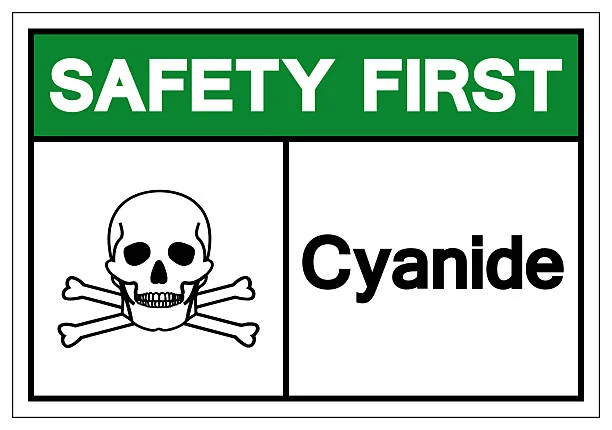
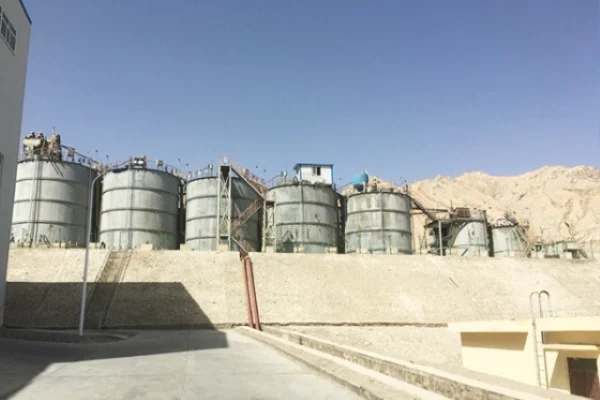
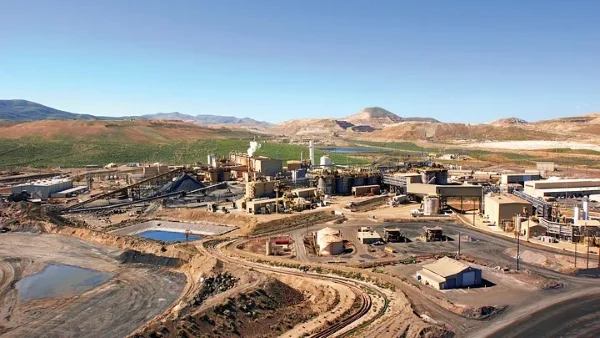

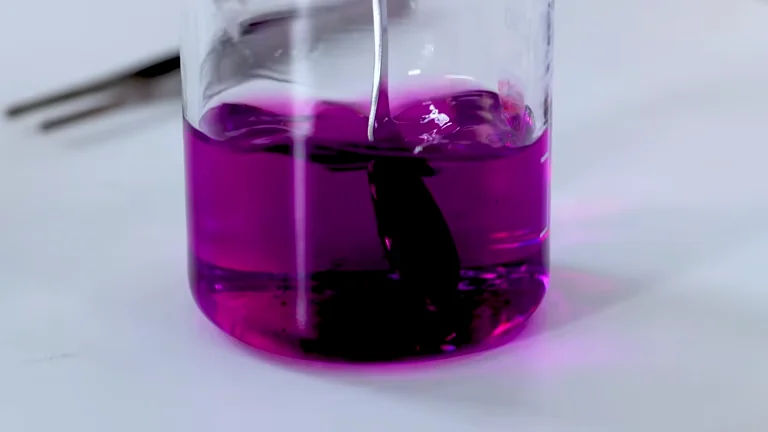





Online message consultation
Add comment: